It is hard to remember a time when no one had a spreadsheet. Sure, you had big paper ledgers if you were an accountant. But most people just scribbled their math on note paper or, maybe, an engineering pad. [Christopher Drum] wanted to look at what the state of the art in 1978 spreadsheet technology could do. So he ran VisiCalc.
Surprisingly, VisiCalc got a lot of things right that we still use today. One thing we don’t see much of is the text-based menu. As [Christopher] puts it, when you press the slash key, “what first appears to be ‘the entire alphabet’ pops up at the top of the screen.” In reality, it is a menu of letters that each correspond to some command. For example, C will clear the sheet (after prompting you, of course).
Interestingly, VisiCalc of the day didn’t do a natural order of evaluation. It would process by rows or by columns, your choice. So if cell A1 depended on cell B5, you’d probably get a wrong answer since A1 would always be computed before B5. Interestingly, the old Apple didn’t have up and down keys, so you had to toggle what the right and left keys did using the space bar. Different times!
This is a great look into a very influential piece of software and its tutorials. If you have old VisiCalc files you want to drag into the 21st century, [Christopher] explains the convoluted process to get mostly there.
We’ve been known to abuse spreadsheets pretty badly, although we’ve seen worse.

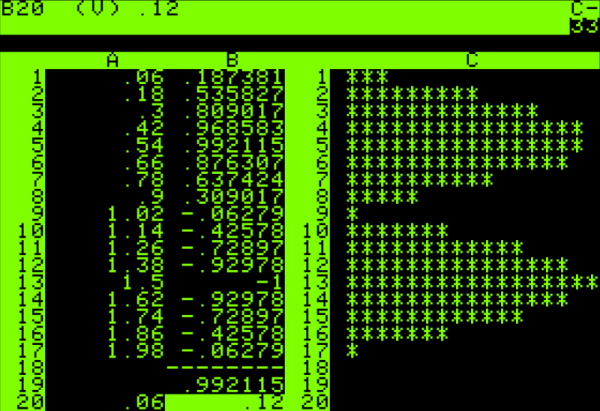
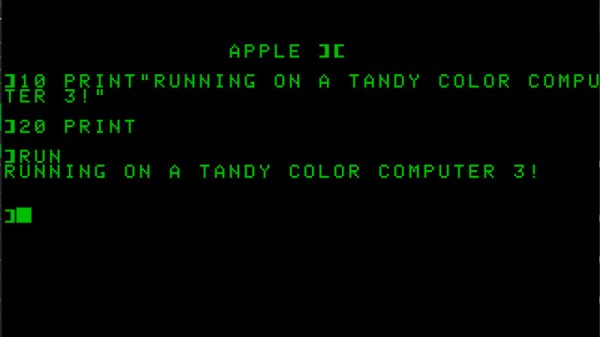
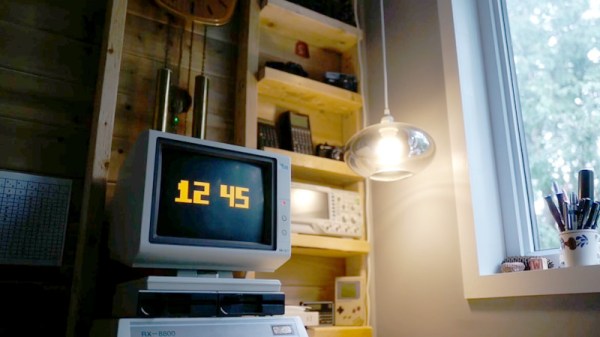
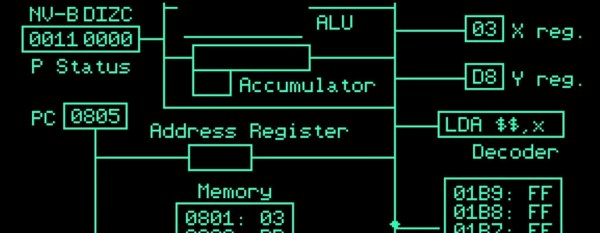
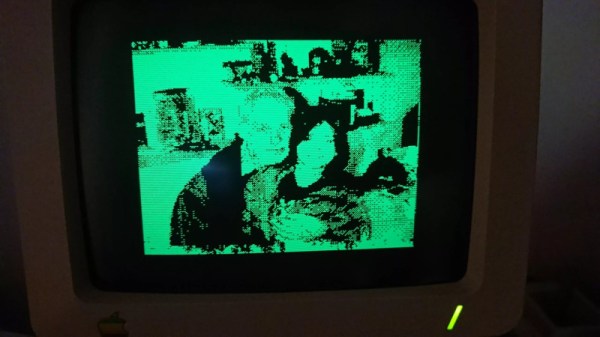
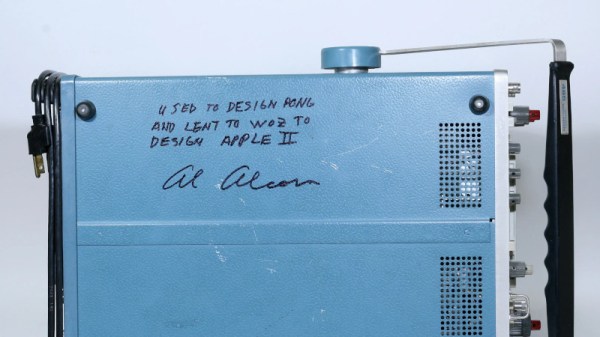
![Closeup of an Apple ][ terminal program. The background is blue and the text white. The prompt says, "how are you today?" and the ChatGPT response says, "As an AI language model, I don't have feelings, but I am functioning optimally. Thank you for asking. How may I assist you?"](https://hackaday.com/wp-content/uploads/2023/06/Screenshot-2023-06-12-at-5.09.17-PM.png?w=600&h=450)









